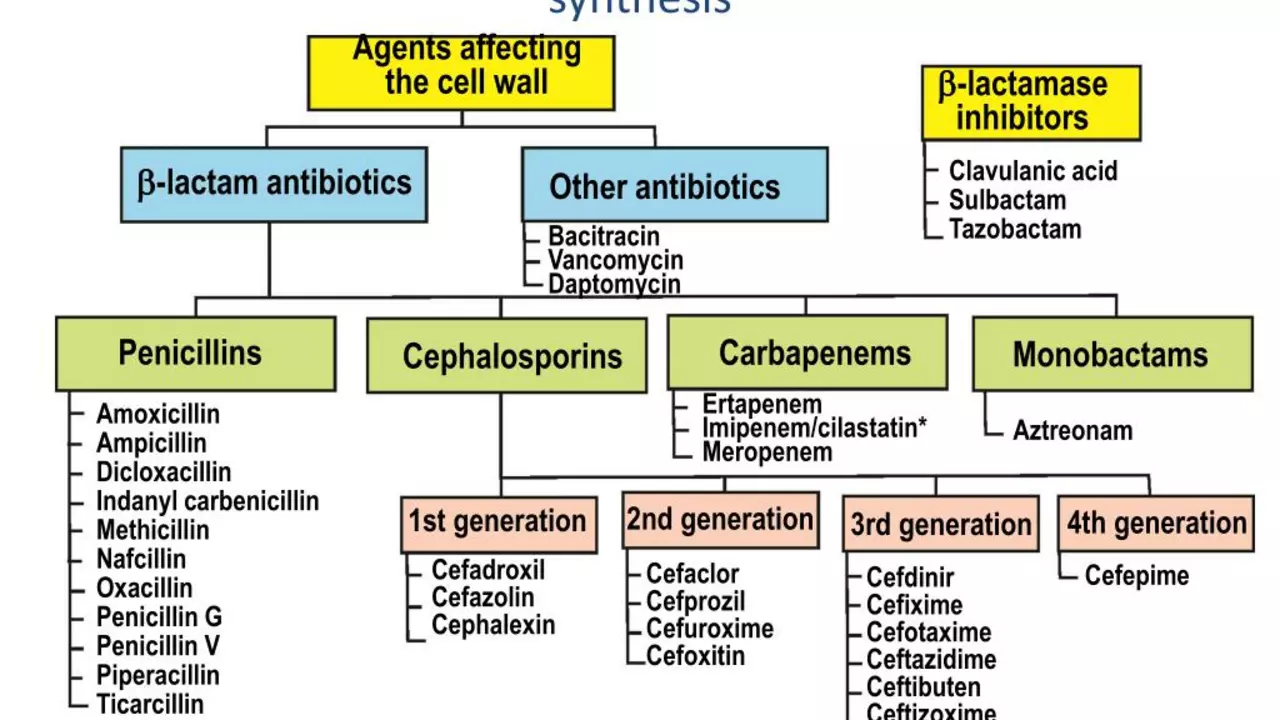Understanding the Peril of Infectious Keratitis
Infectious keratitis is a serious eye condition that's not to be taken lightly. As a corneal infection, it often results in inflammation and pain, compromising the clarity of vision and potentially leading to blindness if left untreated. The condition is usually caused by bacteria, fungi, or parasites, and its severity varies with the invading organism and the individual's immune response. The symptoms include redness, pain, tearing, light sensitivity, and blurred vision. This article aims to shed light on a promising treatment option for this condition, besifloxacin.
Delving Deeper into Besifloxacin
Besifloxacin is a broad-spectrum antibiotic, popular for its use in treating bacterial conjunctivitis. It belongs to the fluoroquinolone class of drugs known for their potent bactericidal activity. Besifloxacin works by inhibiting bacterial DNA replication, thereby killing the bacteria and halting the progression of the infection. What makes besifloxacin stand out is its relatively lower risk of bacterial resistance, a common challenge with many antibiotics. It also exhibits high penetration into the cornea and conjunctiva, making it an effective option for treating eye infections.
Case Study: Besifloxacin for Infectious Keratitis
Now let's take a closer look at a specific case where besifloxacin was used to treat infectious keratitis. The patient, a middle-aged contact lens wearer, presented with a severe case of infectious keratitis. They were initially treated with traditional antibiotics but showed no significant improvement. The decision was then made to switch to a more aggressive treatment plan using besifloxacin. This case study aims to provide an in-depth understanding of the effectiveness of besifloxacin in treating infectious keratitis.
Results and Observations
The patient was administered besifloxacin eye drops as per the recommended dosage. Within a couple of days, a significant reduction in eye redness and pain was observed. As the treatment continued, the patient reported progressive improvement in vision and overall comfort. By the end of the treatment period, the infection was completely eradicated and the corneal clarity restored. This case demonstrates the potential of besifloxacin as a powerful treatment option for infectious keratitis, especially in cases resistant to traditional antibiotics.
Final Thoughts: Is Besifloxacin the Future of Keratitis Treatment?
Based on the outcome of the case study, and considering the unique advantages of besifloxacin, it shows promise as a potential mainstay in the treatment of infectious keratitis. However, it is important to note that every patient is unique and what works for one may not work for another. Therefore, the choice of the treatment method should always be tailored to the individual patient's condition and response to previous treatments. Besifloxacin, nonetheless, presents a valuable addition to the arsenal of treatments available for infectious keratitis.


Hi, I'm Caden Lockhart, a pharmaceutical expert with years of experience in the industry. My passion lies in researching and developing new medications, as well as educating others about their proper use and potential side effects. I enjoy writing articles on various diseases, health supplements, and the latest treatment options available. In my free time, I love going on hikes, perusing scientific journals, and capturing the world through my lens. Through my work, I strive to make a positive impact on patients' lives and contribute to the advancement of medical science.